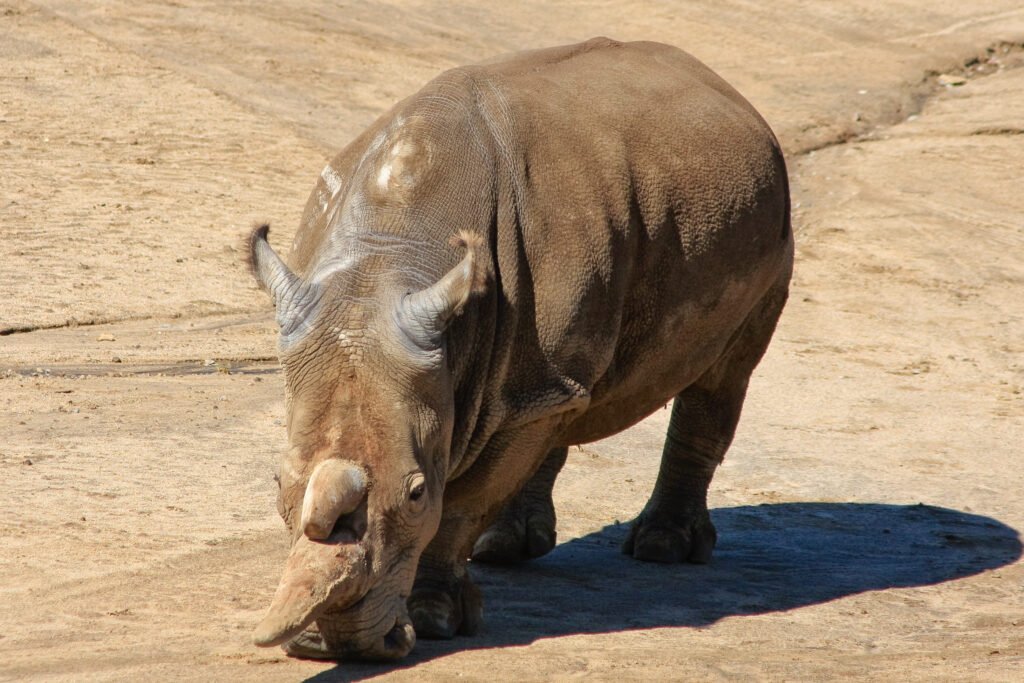With only two non-reproductive females remaining, the northern white rhinoceros (Ceratotherium simum cottoni) is functionally extinct. However, scientists have now mapped its complete genome, offering an important tool for conservation efforts. This breakthrough could pave the way for stem cell-based reproductive technologies, potentially restoring the species.
How the Genome Was Mapped

Researchers used cutting-edge sequencing techniques to assemble a high-quality genome from preserved cells of a male northern white rhino named Angalifu, who lived at the San Diego Zoo Safari Park until his death in 2014. His skin cells were cryopreserved in the Frozen Zoo, a biobank dedicated to preserving genetic material from endangered species.
Stem Cells and Reproductive Possibilities
Scientists have already developed induced pluripotent stem cells (iPSCs) from northern white rhinos, which can potentially be transformed into sperm and eggs. The newly mapped genome serves as a reference for quality control, ensuring that stem cell lines used for reproduction are free from harmful mutations.
Challenges and Next Steps
One major hurdle has been genetic integrity—some previously developed stem cell lines contained large deletions affecting over 200 genes, including those involved in reproduction. With the new genome, researchers can now screen and refine stem cell lines to improve their viability for assisted reproduction.
Conclusion

The northern white rhino genome represents a critical milestone in conservation science. By leveraging advanced genetic tools, researchers hope to reintroduce viable embryos, offering a chance to restore this species before it disappears.
Source:





